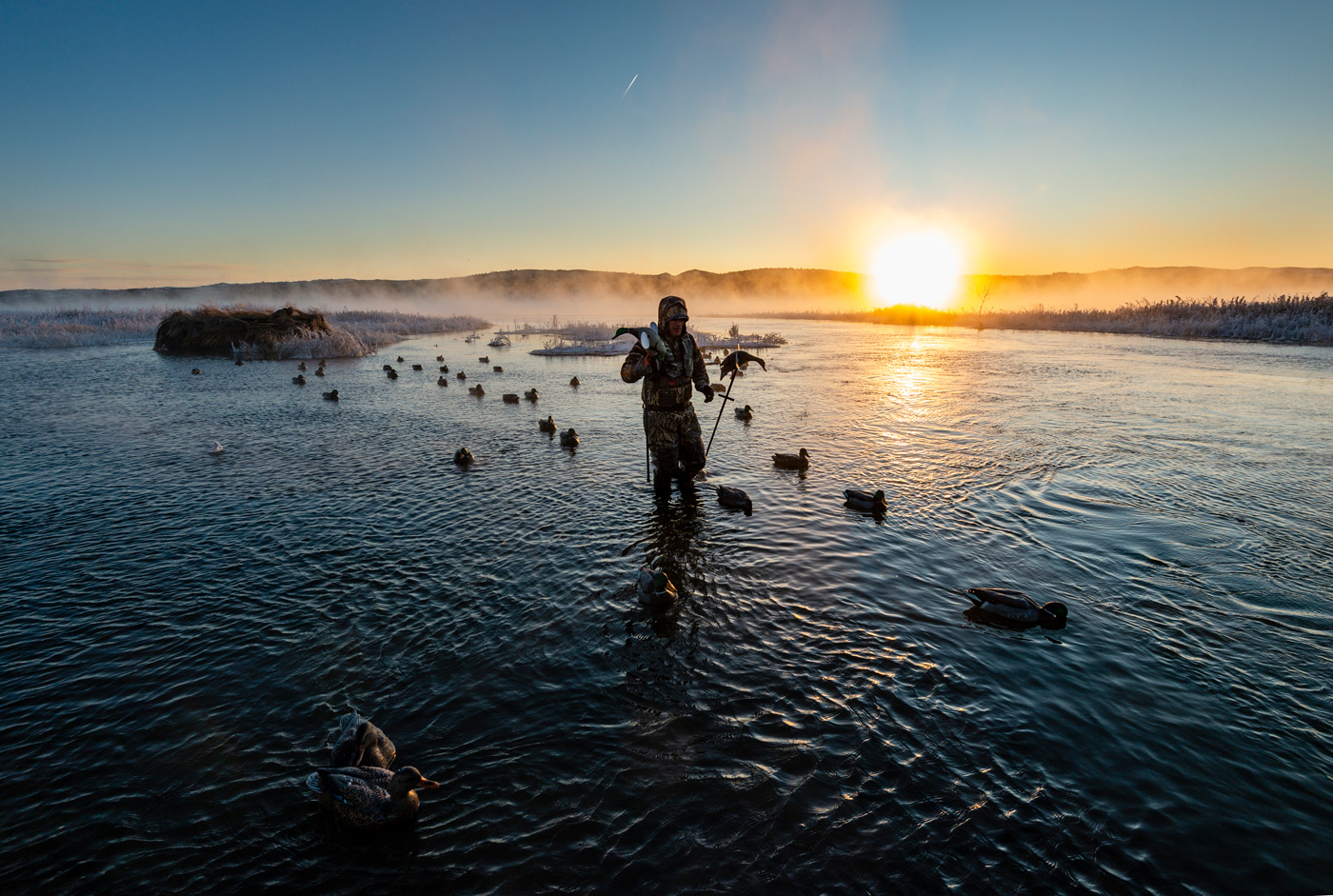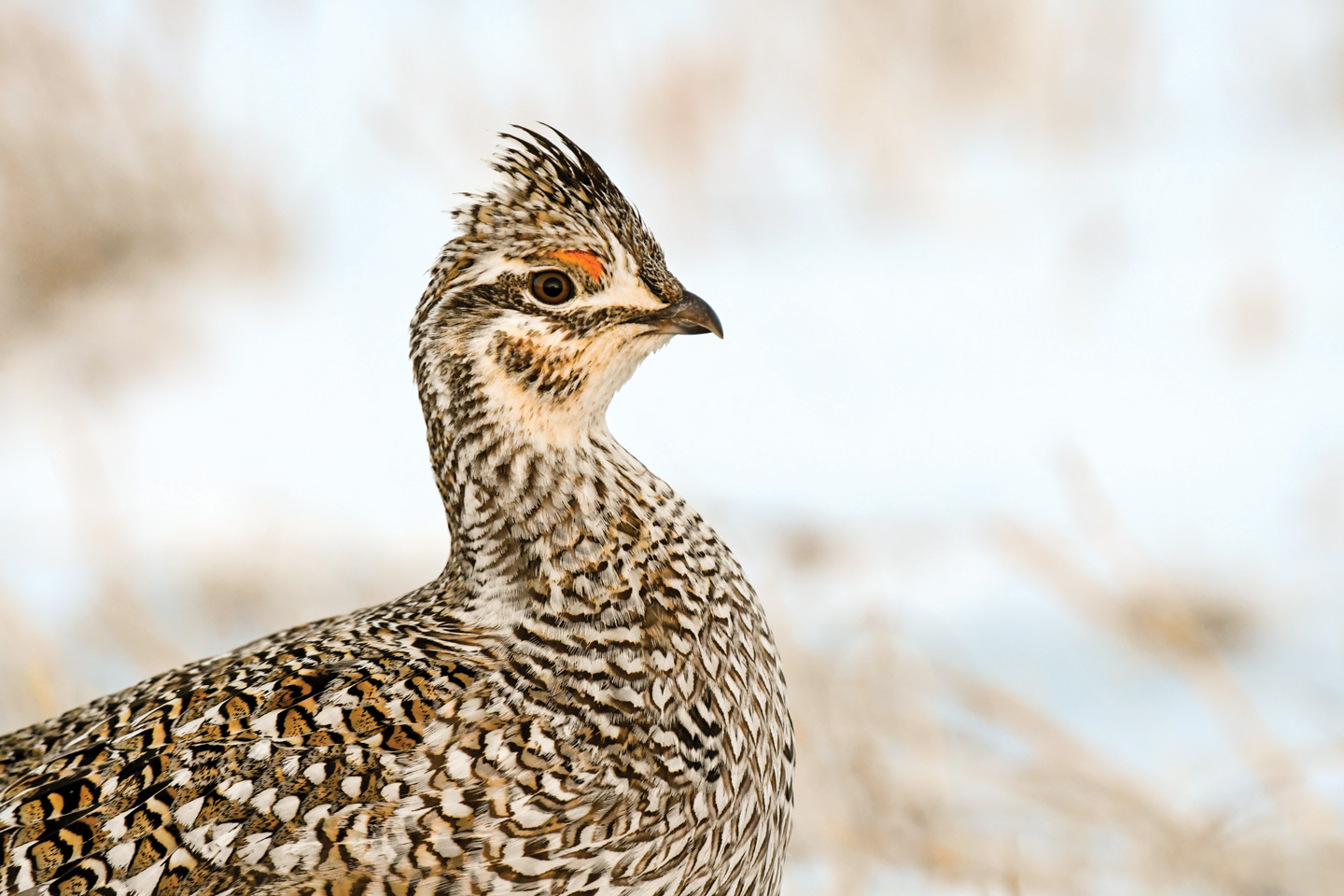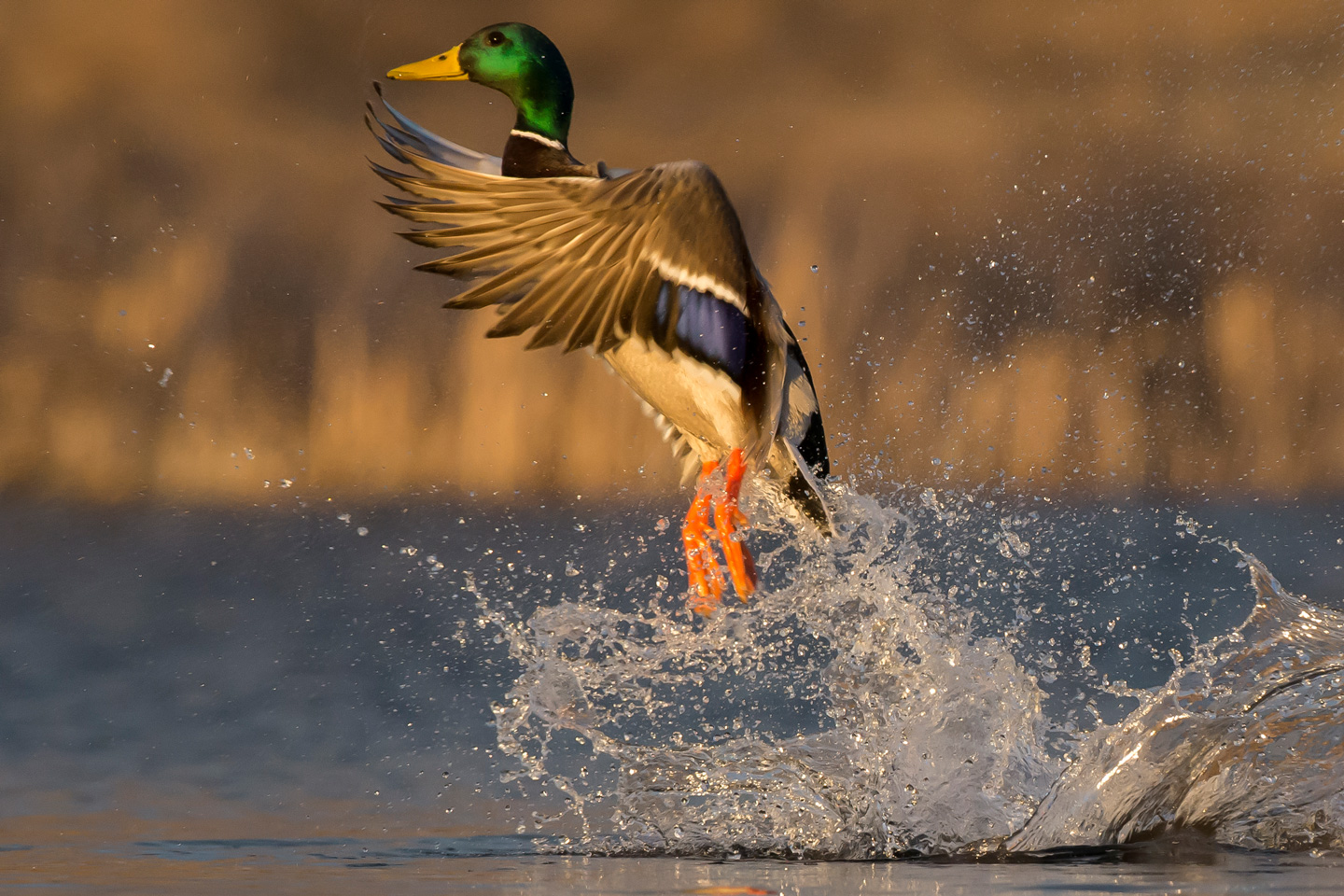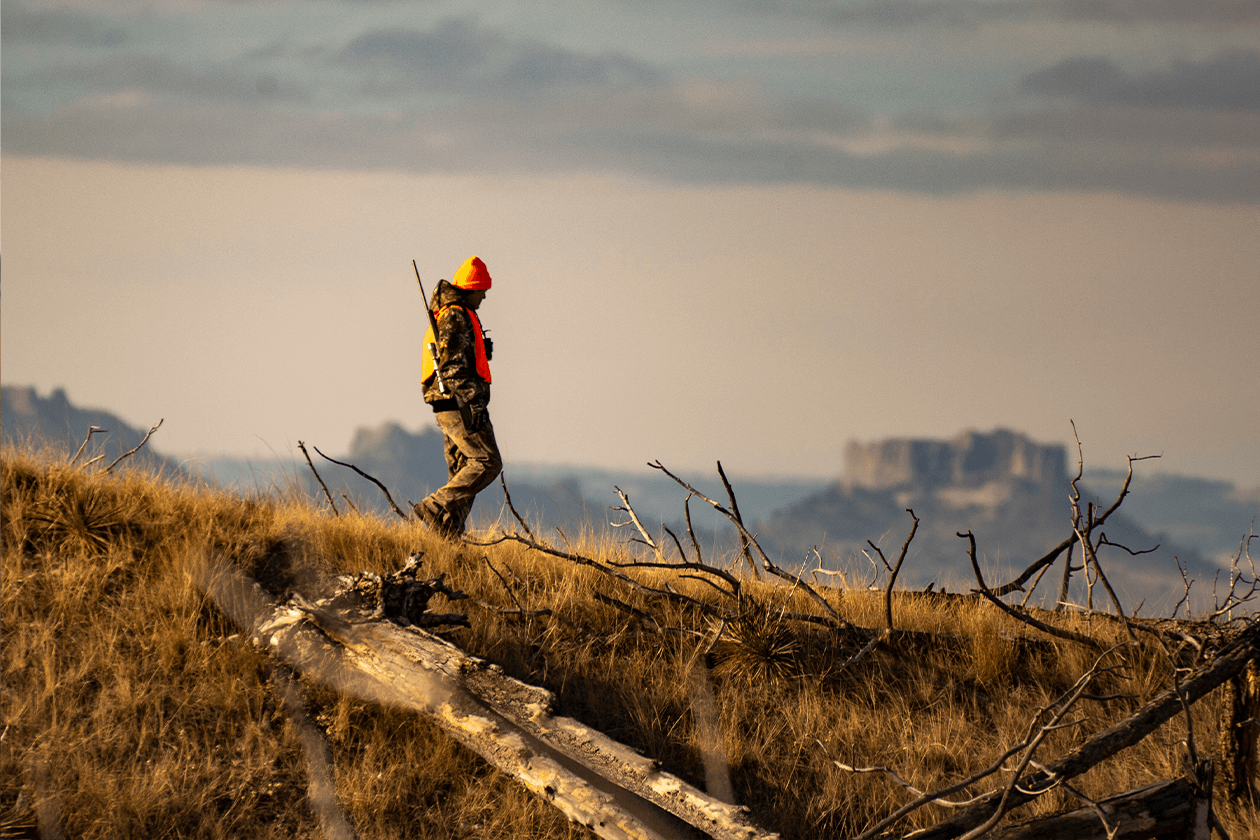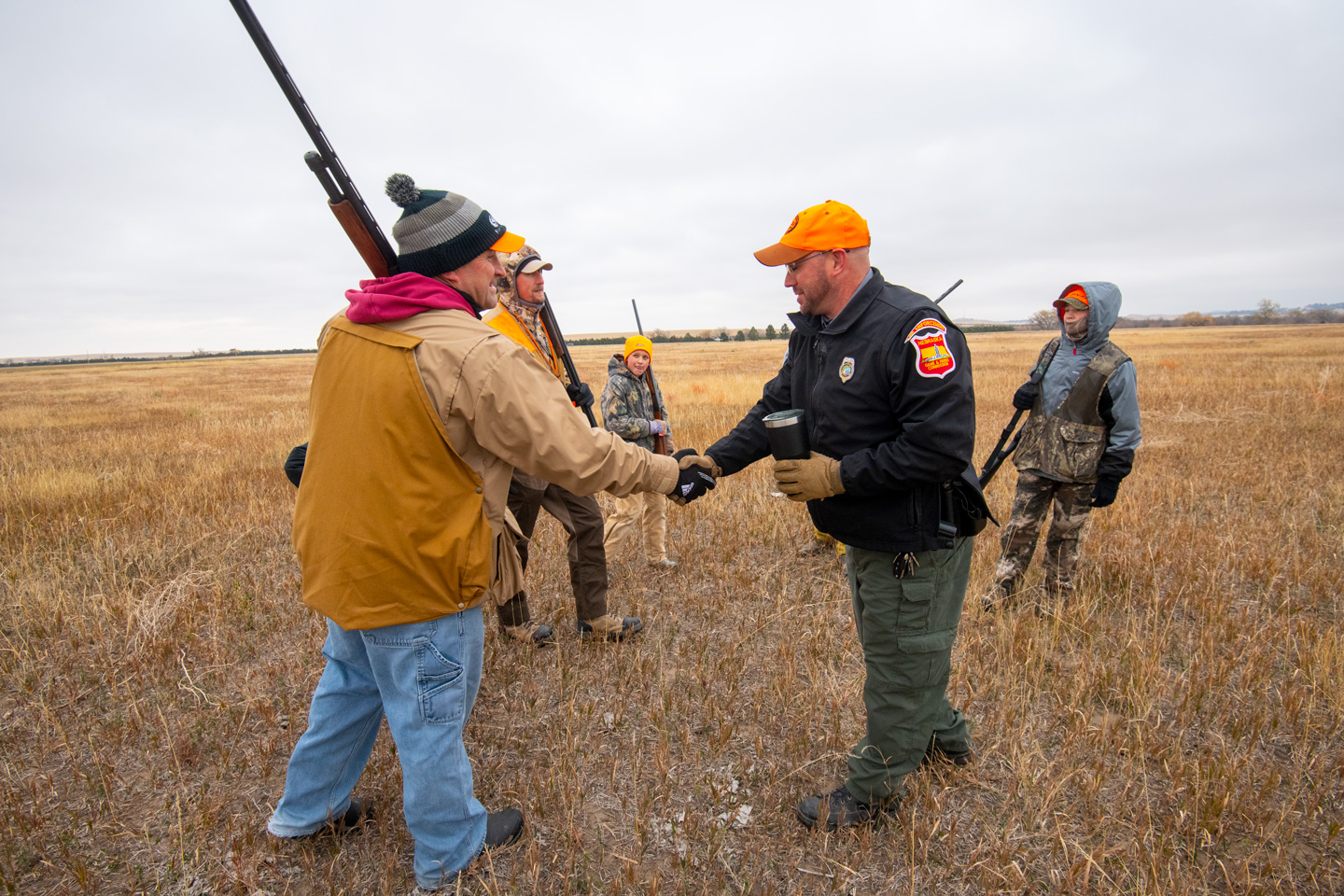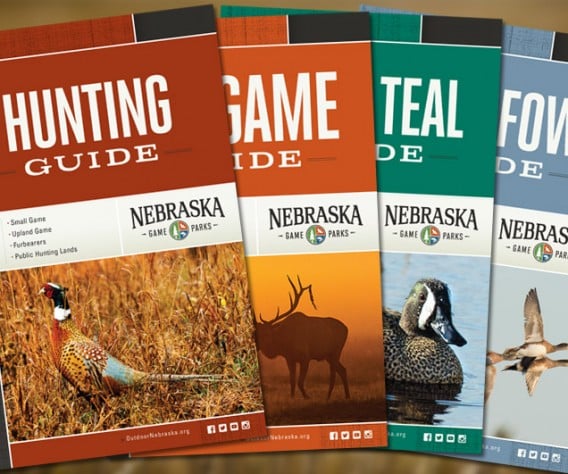Other small game
Nebraska offers excellent webless migratory birds and small mammal hunting opportunities.
Nebraska habitat attracts webless migratory birds and other small game such as dove, snipe, squirrel, cottontail, and more. Hunters can explore publicly accessible lands across a wide variety of habitats, each containing a unique suite of small game species.
Webless migratory birds
Hunters in Nebraska may encounter three species of doves while afield: mourning doves, white-winged doves and Eurasian collared-doves.
The most commonly harvested is the mourning dove (Zenaida macroura), which is a migratory species and one of the most popular game birds to harvest in the United States.
The migratory, white-winged dove (Zenaida asiatica) is an occasional visitor to Nebraska, but can be legally harvested during the regular dove season.
Unlike mourning and white-winged doves, the Eurasian collared-dove (Streptopelia decaocto) is a non-native, non-migratory species. It was first introduced into the Bahamas in the 1970s and made landfall in Florida in the early 1980s. It has since spread northwest across the country. Collared-doves can be harvested year round, but during the regular dove season, harvested individuals count toward the aggregate dove bag/possession limits. For more information, visit The Central Flyway.
Dove hunters are encouraged to look for leg bands on any doves they shoot. Every year, biologists across the country place bands on thousands of doves, and hunters play a vital role in dove management by reporting any bands they recover.
Sunflower, millet, or wheat generally provide good dove-hunting opportunities and have been planted at a number of Wildlife Management Areas across Nebraska. Find our list of WMAs and additional areas offering good hunting opportunities in the Mourning Dove Hunting Fact Sheet.
Tips for success
Dove activity patterns may change due to adverse weather conditions, changes in feeding field conditions and other factors. To have the best hunt possible, identify several potential hunting sites and visit them often. Watch doves throughout the day to determine when and where they’re flying.
The common snipe (Gallinago gallinago) is a migratory shorebird that breeds in northern Canada. Nebraska is at the northern extent of the species’ winter range, with peak migration occurring in mid-September through early October. In Nebraska, snipe can often be found near wetlands and adjacent habitats.
The sora (Porzana carolina) and Virginia rail (Rallus limicola) are migratory, freshwater marsh birds whose breeding range includes Nebraska. However, individuals that have bred further north migrate through the state during the fall migration.
Eastern Nebraska is at the western extreme of the American woodcock’s (Scolopax minor) breeding range. Unlike the rails and snipe, the woodcock is a forest-dwelling shorebird and nests in young forests and old fields. A migratory species, woodcocks winter in the southeastern United States.
The American crow (Corvus brachyrhynchos), a migratory species, is a year-round resident in Nebraska. They are widespread across the state, especially in agricultural areas. In the past, large aggregations of crows on roosts in certain areas of Nebraska constituted a public health hazard, necessitating a special harvest season in addition to the regular hunting seasons.
Small mammals
The fox squirrel (Sciurus niger) can be found in Nebraska nearly everywhere except the treeless expanses of the Sandhills, Panhandle, and the southwest. The related eastern gray squirrel (Sciurus carolinensis) can be found along the Missouri River bluffs in southeastern Nebraska. Both species have hunting seasons. The southern flying squirrel (Glaucomys volans), found only in remnant fragments of eastern deciduous forests in extreme southeast Nebraska, is not a game species and is listed as a state threatened species.
Two species of cottontail rabbit can be found in Nebraska. The abundant, eastern cottontail (Sylvilagus floridanus) is the most widespread across the state. The desert or Audubon’s cottontail (Sylvilagus audubonii) can be found primarily west of Ogallala. Cottontails are also an important game animal among small game hunters.
There are two species of jackrabbit, or hare, that call Nebraska home: the black-tailed jackrabbit (Lepus californicus) and the white-tailed jackrabbit (Lepus townsendii). Both species can be hunted west of Highway 81 in Nebraska; east of Highway 81 there is a closed season on both species.
Related Content
Hunting permits
Purchase hunting, big game and turkey permits, as well as supertags and combo lotteries.
Season dates
With a broad diversity of species and seasons, hunters in Nebraska can have a busy year. Find our comprehensive list of season dates by species.
Rules, orders & regulations
Find the current orders, rules and regulations for Nebraska's fish, game and park spaces.

